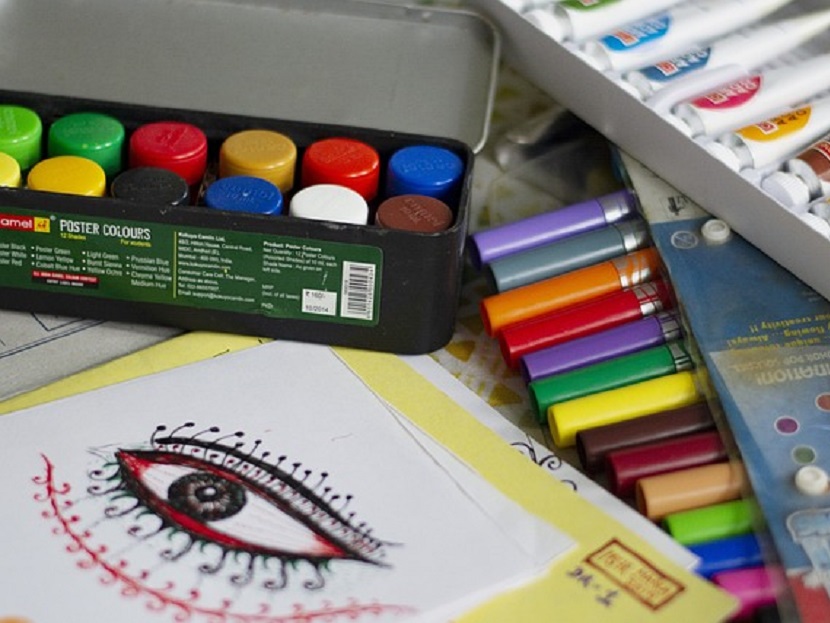
October 5, 2021
Nothing beats the sparkle of the weeks that fall between Thanksgiving and New Year’s. The shiny lights and festive attitudes brighten the ever-lengthening nighttime hours, adding a surge of cheer as we prepare for the variety of celebrations and special events associated with the holiday season.
That said, it’s now October, and this year’s Halloween yard art is turning out to be an impressive warm-up act for the upcoming winter holiday festivities. From extravagant inflatables to witty plastic tombstones, it’s evident that some local residents have clearly committed to giving Halloween its moment in the spotlight this year, and it’s those very tombstones that have generated both audible chuckles and moments of true reflection.
October’s focus on family, coupled with expectation for the wide range of celebrations and remembrances that will occur on the days immediately following All Hallows’ Eve, have me thinking about the tombstones of my ancestors – the genuine articles, not the Halloween props -- and the wealth of information I’ve learned about my family from the words and images so carefully selected for each ancestor by the family members who survived them. So much more than just names and dates of birth and death, these memorial stones have allowed me priceless insight into my ancestors’ lives and the things they once held dear.
For example, the tombstones displaying emblems of service and faith, offer descendants like me and passers-by alike, a glimpse at that ancestor’s values and commitments. Some gravestones include the carved insignia of a particular organization, while others – although admittedly none I’ve found for my own family – offer clues as to the interests, hobbies, and occupations of the person memorialized by the stone, reminding us that they were so much more than just names and dates!
While not quite as personal, the tombstone iconography of older tombstones and monuments also help us better understand the times in which our ancestors lived, from 17th century “Death’s Head” images to the ornate carvings of various revival periods. And what’s with that weeping willow anyway???
So whether you celebrate All Saints’ Day, All Souls’ Day, El Dia de los Muertos, or just feel the need to pay your respects to a loved one who has passed, plan to take an extra moment to let the world of that ancestor unveil its story, and allow their memorial help you discover all you can about your family’s past.
Curious about that weeping willow or the snake eating its tail (it’s called an ouroboros)? Check out a book on cemetery symbolism -- like Douglas Keister’s Stories in Stone – or consider attending MGC’s “Cemetery Art” class, offered several times annually. Register for this upcoming class and so much more at the MGC Events page.
Kim A.
Midwest Genealogy Center
Read Similar Blogs:
Arts and Culture
Holidays
Genealogy






